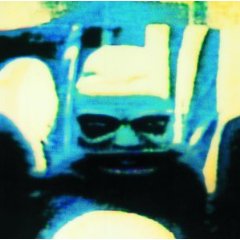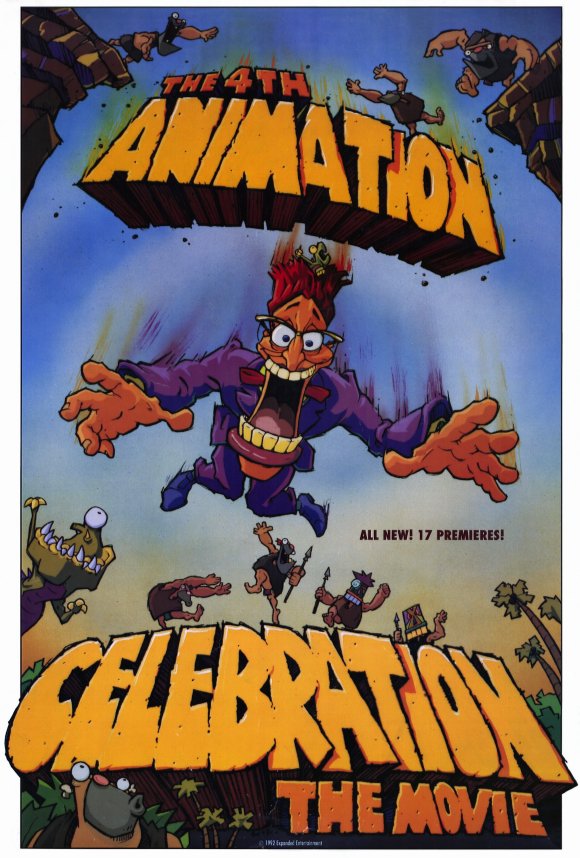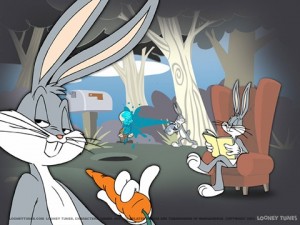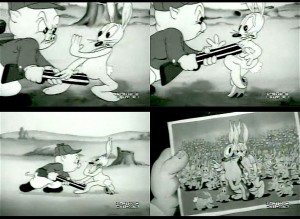
The following article appeared in the February 23, 1990 issue of the Chicago Reader. –J.R.
ART OF MUSIC VIDEO
For people like myself who have conflicted feelings about music videos as an art form, the four-part series Art of Music Video — playing for the second time at the Film Center this weekend — offers lots of material to consider. Even so, this presentation of a hundred videos assembled by Michael Nash of the Long Beach Museum of Art involves a number of curatorial decisions that I have problems with. Before considering the videos themselves, let me list these problems; some of them are overlapping rather than consecutive, but putting them in list form will help to give some idea of how many boats this particular series is missing:
(1) Historical. Although Nash’s selection is media-specific—that is, generally limited to videos—one of his four programs, “Vanguard Re-visions,” has a subcategory called “Experimental Film: Invention and Intervention,” consisting of films made by Bruce Conner, James Herbert, and Jem Cohen between 1961 and 1989.
While I have no quarrel with the inclusion of these figures, it’s clear that this attempt to give a foreshortened art-history perspective rules out a lot more of the history of music videos and their precursors than it includes. Read more
From the Chicago Reader (May 22, 1992). — J.R.

THE 4TH ANIMATION CELEBRATION: THE MOVIE
*** (A must-see)
Finding out what’s happening in the world these days is no easy matter. Turn to a newspaper and we may learn what American business wants to know — or thinks it wants to know — but not much else; check out what’s on TV and chances are that the state of the world will get less attention than the current Hollywood releases. Even when there is expanded coverage we often can’t be sure that the journalists understand what they’re reporting or that what they’re saying encompasses all that they understand.
I suppose this has always been true to some extent, and maybe it only seems worse nowadays because we no longer have newsreels. Recently some fascinating “March of Time” shorts have come out on video — newsreel “essays” produced by Time-Life and released in movie theaters by Twentieth Century-Fox in the 30s, 40s, and 50s. What seems most quaint and touching about them is how easily people (both famous and ordinary) were induced by the camera to play fictional versions of themselves that they and everyone else were persuaded to think of as real. Read more
From The Movie, Chapter 33 (1980). -– J.R.

It was in 1940 that a brisk, buck-toothed city rabbit first sank teeth into carrot. briefly paused, gazed with indifferent aplomb at a lisping country rabbit-hunter with a shotgun and coolly inquired: ‘What’s up, Doc?’ This official debut of Bugs Bunny occurred at the beginning of A Wild Hare, one of nine cartoons that were supervised that year by Fred (known as ‘Tex’) Avery, a brilliant animator from Dallas who was working for Warner Brothers. The cartoon won an Academy Award nomination and the durable comedy team of Bugs Bunny and Elmer Fudd promptly went into business.

‘That darn wabbit!’
Bugs Bunny, first seen in Porky’s Hare Hunt (1938), had a complicated cross-bred genealogy. Remembering the ‘What’s up, Doc?’ expression from his high-school days in Texas, Avery had decided to place it in the mouth of a sharp Brooklynese rabbit who knew everything. Avery later recalled in an interview:
‘So when we hit on the rabbit we decided he was going to be a smart-aleck rabbit, but casual about it, and I think the opening line in the first one was, “Eh, what’s up, Doc?,’ And gee, it floored ’em! Read more




